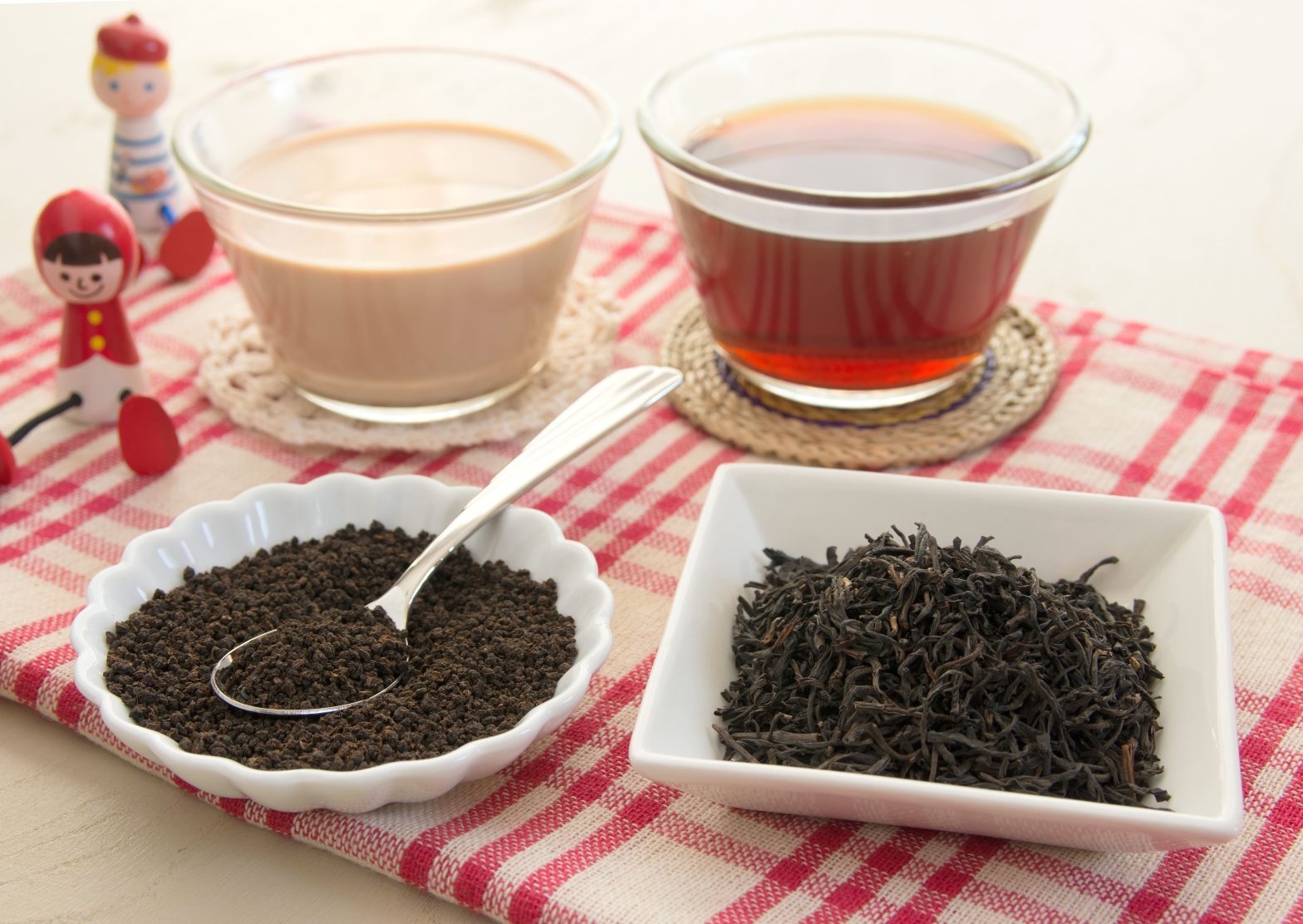In the Indian beverage sector, CTC and Orthodox teas are the two most often consumed mixes. Now, these two varieties of tea differ in a few ways. Do you know about them? One type from another is generally differentiated by its processing technique. These two production methods are widely used in the Indian tea industry. Now let’s examine the distinctions between these two tea kinds.
The term “orthodox tea” describes loose-leaf tea made with conventional (or orthodox) techniques such as plucking, withering, rolling, oxidation/fermentation, and drying.
Orthodox Production
Step 1: Plucking: Depending on the type of tea being made, the leaves are often picked by hand, ranging from just the unopened bud to the top three leaves including the bud.
Step 2: Withering: To get the leaves ready for processing, they are spread out to wilt and wither for a few hours. When rolled and moulded, they would break and disintegrate without withering. The leaves are very lightly fluffed, turned, and monitored during the withering process to ensure even exposure to the air.
Step 3: Rolling: This is where countless variations in tea look are produced, as well as the beginning of the flavor-development process.
Step 4: Oxidation: The leaves are set out to rest for many hours after rolling, enabling oxidation to occur. The process of oxidation involves the interaction of the oxygen in the air with the enzymes that are now exposed in the leaf, giving it a reddish-brown hue and altering its chemical components.
Step 5: Firing: The leaves are briefly heated in the final step of production to dry them to a moisture content of less than 3% and stop the oxidation process. The tea will stay well if it is dried properly, evenly, and with very little leftover moisture.
CTC Production
Production using CTC, or crush-tear-curl, is a fundamentally distinct procedure. Orthodox processing’s five phases are carried out, but considerably more quickly and sparingly. In an effort to reduce costs and save time (a single batch of tea would typically take more than a day to prepare), CTC was created expressly for the black tea business.
CTC teas are made to deliver high-quality beverages to tea enthusiasts more quickly. In reality, it is a production of quick homogenized tea. As a result, it can readily satisfy the market’s rising demand.
The flavor profile of the tea
The flavour of CTC and orthodox tea is quite different. Orthodox tea gives the most genuine tea experience when compared to CTC tea. Orthodox teas, whether black, green, white or oolong, are appreciated for their rich flavors and careful production, which is in large part why they are so expensive on the global tea market.
In terms of health and wellness, freshly made orthodox tea offers the drinker significantly more advantages than CTC tea. The latter category of tea has an unremarkable flavor and yields a robust, dark liquid with a noticeably astringent flavor. In comparison to traditional teas, CTC tea also allows the addition of condiments like milk and lemon much better and one also make masala chai and Lemon iced tea with CTC tea.

